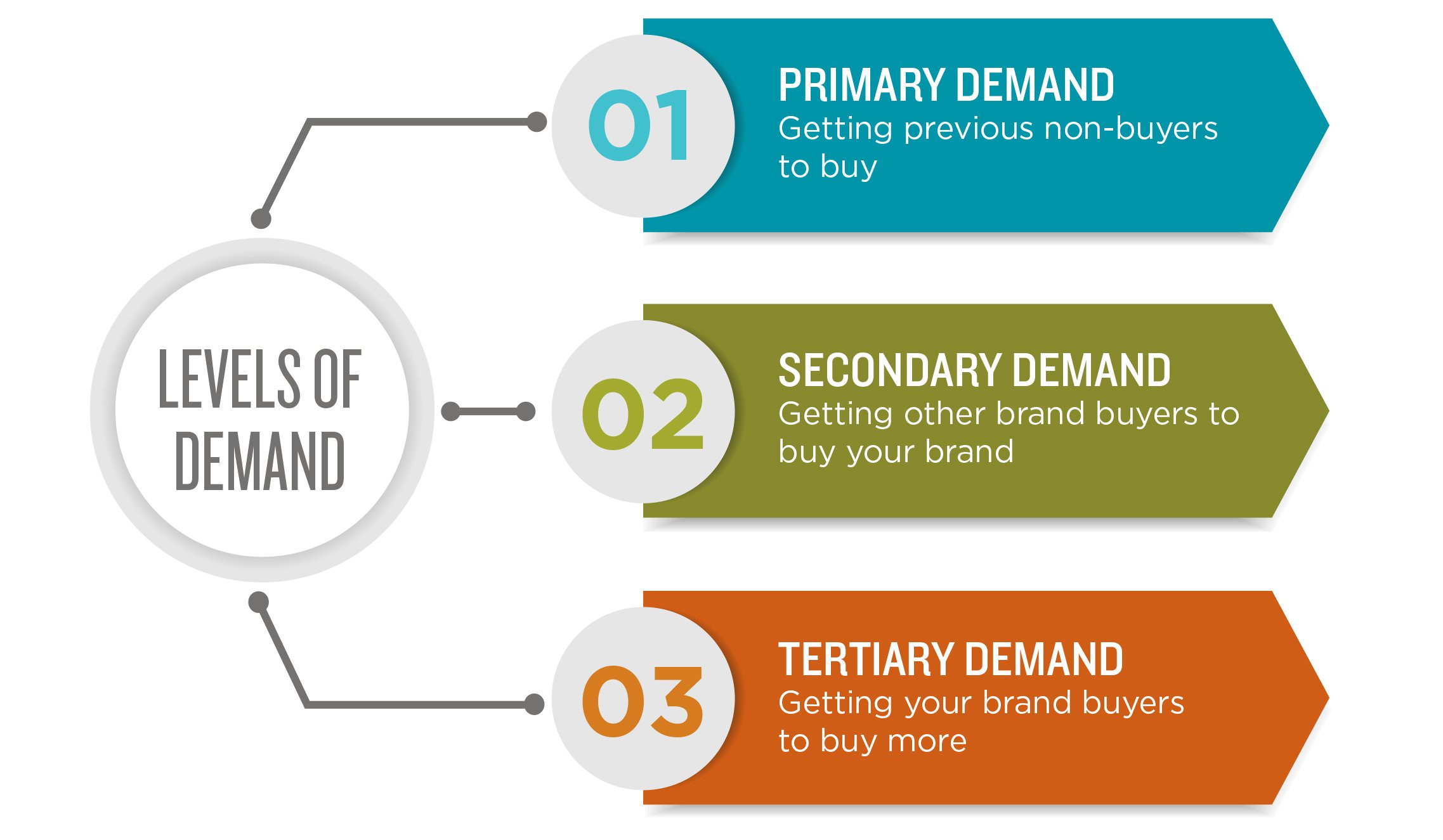
Last year, I reacted to a Retail Wire discussion on category management by going into three ways to increase sales. Recently, my colleague Anne mentioned that I kind of left the conversation hanging and that further discussion about the ways that marketing tools work depending on the level of demand being pursued was in order. I agreed and wrote this post… thank you, Anne.
Since I often invoke my years in the cola wars, I’ll use these dated, but still memorable, ways that Coke and Pepsi have been positioned over the years and targeted at the different levels of demand. Primary demand is getting previous non-buyers to buy. I look back here to the polar bears that appeared as part of the Coca-Cola Always campaign. Sergio Zyman, the CMO at Coke, requested that brand management “de-seasonalize” the brand. Santa was good for Coke, but the company needed to make a beverage considered as refreshment for a hot summer day feel relevant to buyers in the winter.
Secondary demand is getting other brand buyers to buy your brand. The most blatant attempt to put marketing to work against secondary demand was the Pepsi Challenge. This “in your face” challenge told shoppers they should switch brands.
Tertiary demand gets your buyers to buy more. Stretching even further back in history, the “Things Go Better with Coke” campaign was clearly meant to create more occasions and infiltrate other traditional choice sets. We talk about blurred categories today, but this understanding of the significance of tertiary demand was happening in the ’60s.

Understanding what marketers are doing to connect with the different levels of demand from a positioning standpoint allows us to think deeper about the way to measure marketing response. This complexity is another reason why Middlegame relies on retail tracking data. For primary demand, incrementality is measured by identifying the correlation between marketing stimulus (assortment, pricing, merchandising, etc.) and the conversion of non-buyers to buyers.
For secondary demand, it is best to go back to testing and see the difference in those that switch to or away from your brand after the intervention of a marketing stimulus. The experimental design gets tricky since the pre and post data also depends on the dimension of switching among other brands as well as the various levels of loyalty among the shoppers. Numerous extensions of the Guadagni and Little paper, which was a catalyst for panel analytics for scanner data, have sought to address this as well as the use of the negative binomial or Dirichlet distribution and the Hendry approach.
Tertiary demand gets really interesting, which is why I am excited about introducing the customer decision journey to the category management process. The issue with tertiary demand is that all we measure is purchases in the first moment of truth for most analytics.
Although consumption diaries have existed for decades, they have rarely provided the granularity to be integrated with panellist purchases. Theoretically, purchases and consumption eventually converge. However, that may happen very quickly or take a very long time.
As I pointed out in the earlier blog, secondary demand categories have an understood interval between purchases that reflects the “empty package” effect and eventual consumption. For tertiary demand categories, the purchase doesn’t guarantee usage in a fixed timeframe. In essence, there are two intervals that vary between the first and next purchase. There is the time between the first purchase and usage and then between usage and the next purchase. This is the whole reason behind the design of multipacks.

In the end, traditional purchase measurement cannot address the issues inherent in tertiary demand categories or even usage directed advertising. Academics have come up with many ways to try to circumvent this shortcoming, but each time the models are more and more complex and harder and harder to explain. Again, this is why we have taken the high road and focused on aggregate sales via retail tracking that can easily be divided into incrementality versus transferred demand regardless of category, as long as you properly define the market structure upfront.
Middlegame is the only ROMI consultancy of its kind that offers a holistic view of the implications of resource allocation and investment in the marketplace. Our approach to scenario-planning differs from other marketing analytics providers by addressing the anticipated outcome for every SKU (your portfolio and your competitors’) in every channel. Similar to the pieces in chess, each stakeholder can now evaluate the trade-offs of potential choices and collectively apply them to create win-win results.
